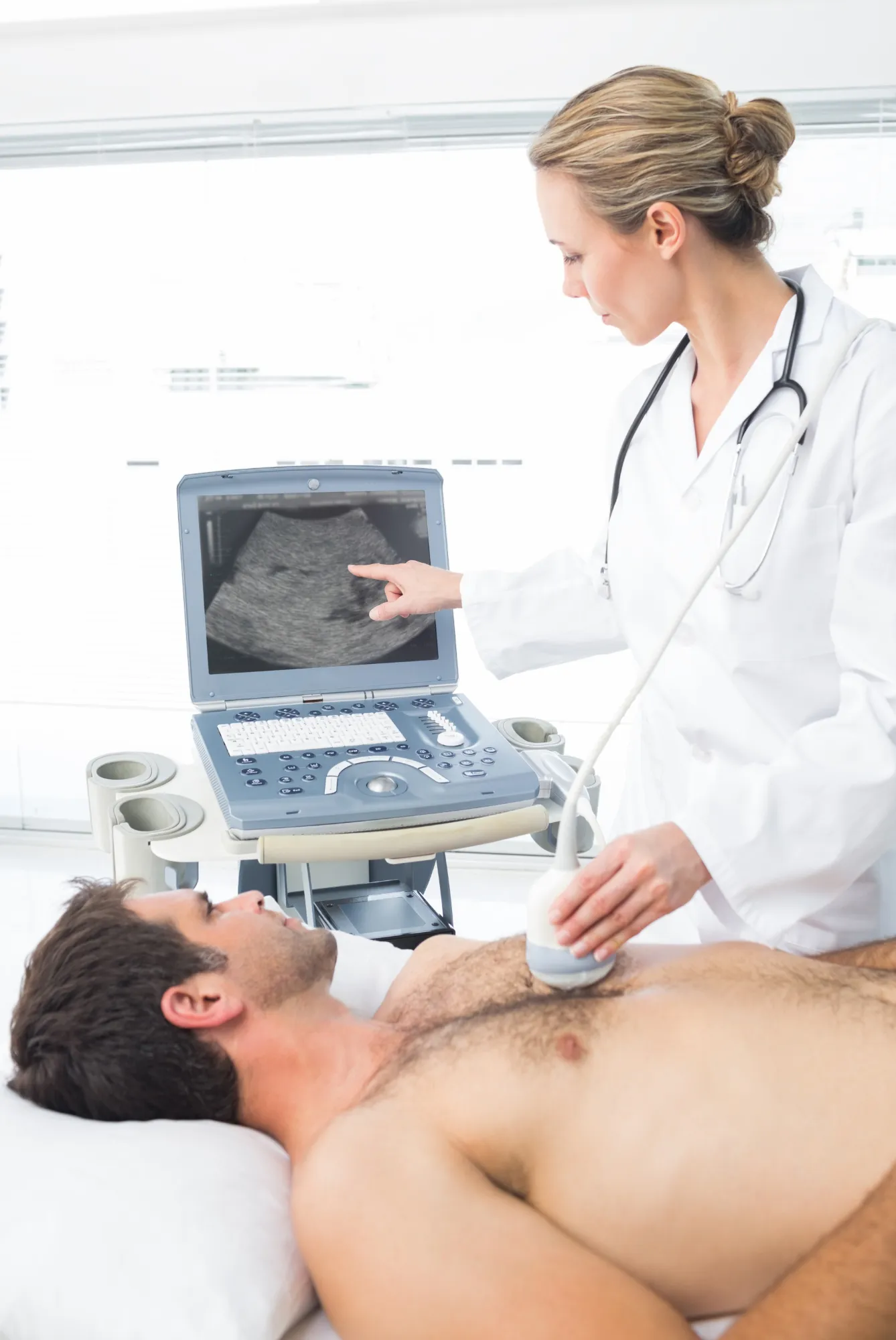Introduction
In an era where genetic testing is becoming more widespread, the medical community continues to seek more reliable, non-invasive methods to diagnose congenital disorders of muscle—conditions that are critical to identify early for better patient outcomes. A recent publication in “Seminars in Pediatric Neurology” has put muscle ultrasound at the forefront of this diagnostic evolution. In the age of next-generation genetics, this imaging technique serves as a noninvasive, patient-friendly modality that complements genetic testing results and helps confirm precise diagnoses.
The Emergence of Next-Generation Genetics
Advances in high-throughput nucleotide sequencing have transformed the landscape of genetic testing, making it possible to identify genetic variations associated with congenital muscular dystrophies and myopathies with unprecedented precision. However, the surge of information from next-generation sequencing (NGS) also generates a new challenge: the interpretation of variants of uncertain significance. In this context, a comprehensive clinical evaluation—”deep” phenotyping—becomes essential.
Muscle Ultrasound’s Vital Role in Diagnostic Medicine
As highlighted by Saade et al. (2019), muscle ultrasound is an indispensable tool for diagnosing congenital muscle disorders. Unlike muscle magnetic resonance imaging (MRI), ultrasound captures different, and often earlier changes, in skeletal muscle pathology. It is especially beneficial as it lacks the need for patient sedation—a significant advantage when working with children.
Combining Techniques for Enhanced Diagnosis
The authors emphasize the importance of integrating data from clinical assessments, genetics, histology, and imaging to reach a conclusive diagnosis. Muscle ultrasound provides unique insights that not only confirm skeletal muscle involvement but also help differentiate between myopathic and neurogenic conditions. Saade and colleagues illustrate how muscle ultrasound patterns can guide subsequent steps in the diagnostic process and even validate genetic test results obtained from NGS.
Conclusive Diagnostics in the Age of Precision Medicine
The review by Saade et al. suggests that muscle ultrasound, when used alongside clinical phenotype consideration, muscle biopsy, and genotype information, serves as a robust tool in crafting an accurate diagnosis. The integration of all these data points is pivotal for a conclusive determination, demonstrating the synergy between traditional examination techniques and modern genetic analysis.
Conclusion
As we continue to embrace the age of next-generation sequencing, the use of muscle ultrasound in diagnosing congenital disorders of muscle stands as a testament to the harmonious coexistence of classic and contemporary diagnostic approaches. This synergy promises a future where each patient benefits from a precise diagnosis, paving the way for tailored treatments and better prognoses.
References
1. Saade, D. N., Neuhaus, S. B., Foley, A. R., & Bönnemann, C. G. (2019). The Use of Muscle Ultrasound in the Diagnosis and Differential Diagnosis of Congenital Disorders of Muscle in the Age of Next Generation Genetics. Seminars in Pediatric Neurology, 29, 44-54. doi: 10.1016/j.spen.2019.01.001
2. Sparkes, R. S., & Shanske, A. (2018). The Use of MRI in the Diagnosis of Muscular Dystrophies and Congenital Myopathies. Clinical Reviews in Bone and Mineral Metabolism, 16(3), 54-71.
3. Mercuri, E., & Muntoni, F. (2013). Muscular Dystrophies. Lancet, 381(9869), 845-860.
4. Kölbel, H., et al. (2017). High-Throughput Sequencing Techniques and the Discovery of Genes Associated With Myopathies. Advances in Genomics and Genetics, 7, 189-204.
5. North, K. N., et al. (2014). Approach to the Diagnosis of Congenital Myopathies. Neuropediatrics, 45(1), 3-14.
Keywords
1. Muscle ultrasound diagnosis
2. Congenital muscle disorders
3. Next-generation genetic testing
4. Muscular dystrophies imaging
5. Non-invasive pediatric diagnostics
